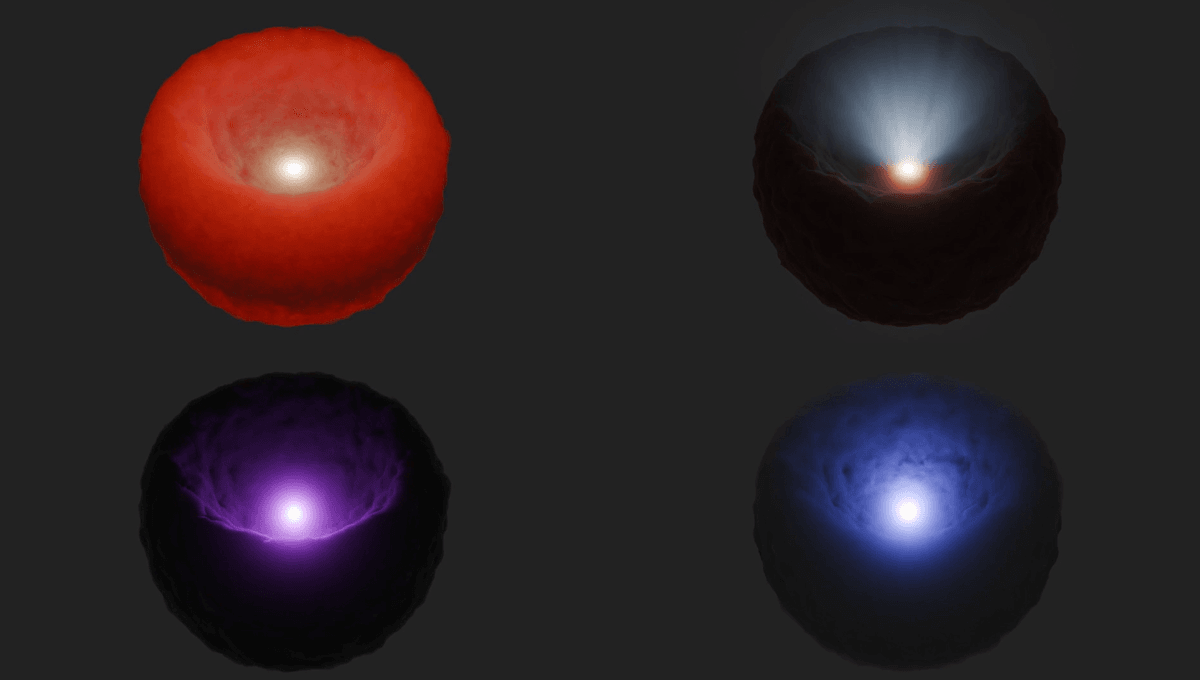
At the center of almost every galaxy, there is a supermassive black hole. Well, astronomers think it’s every galaxy, but it is a difficult claim to confirm. Not because there might be many exceptions – the difficulty lies in the fact that many black holes are so well hidden that we wouldn’t know they are there. New work has refined the estimate of how many of these supermassive black holes are shrouded in dust, and it is a larger number than expected.
For years, the estimated number of hidden supermassive black holes hovered around 15 percent. This still means tens if not hundreds of billions in the visible universe. New work estimates that the number of supermassive black holes so entrenched in dust and gas that no X-ray light can escape is around 35 percent, but it could be as high as 44 percent.
Determining the number of obscured black holes is important to understand both galaxy evolution and how black holes grow. If their growth is by consuming material and not just through collisions, then you would expect a large proportion of them to be shrouded, as this study suggests.
Black holes also regulate the growth of galaxies through various feedback mechanisms. An actively feeding black hole gorging on surrounding material will end up spewing a fair bit of it out. This process can produce galaxy-wide winds that snuff out star formation.
“If we didn’t have black holes, galaxies would be much larger,” study co-author Professor Poshak Gandhi, a professor of astrophysics at the University of Southampton, said in a statement. “So if we didn’t have a supermassive black hole in our Milky Way galaxy, there might be many more stars in the sky. That’s just one example of how black holes can influence a galaxy’s evolution.”
The work mainly used two NASA space-based telescopes, built and operated decades apart. One is IRAS, the Infrared Astronomical Satellite, which operated for 10 months in 1983. IRAS looked for the heat emission from the clouds shrouding the black holes while the telescopes found hundreds of candidates – galaxies experiencing intense star formation can emit a similar glow – so follow-up observations from ground-based telescopes were needed to confirm the emission that came only from black holes.
However, the crucial follow-up observations were made using X-rays. These clouds can absorb almost all light emitted by the surrounding of the supermassive black hole apart from the most energetic X-rays. That work needed NuSTAR – the NASA X-ray observatory – that can see those high-energy photons. The work is challenging because finding them might take hours of observation, so the team needed the IRAS data to know where to point NuSTAR.
“It amazes me how useful IRAS and NuSTAR were for this project, especially despite IRAS being operational over 40 years ago,” said study lead Peter Boorman, an astrophysicist at Caltech in Pasadena, California. “I think it shows the legacy value of telescope archives and the benefit of using multiple instruments and wavelengths of light together.”
The study is published in The Astrophysical Journal.
Source Link: Over One-Third Of Supermassive Black Holes Are Hiding – Maybe Even More